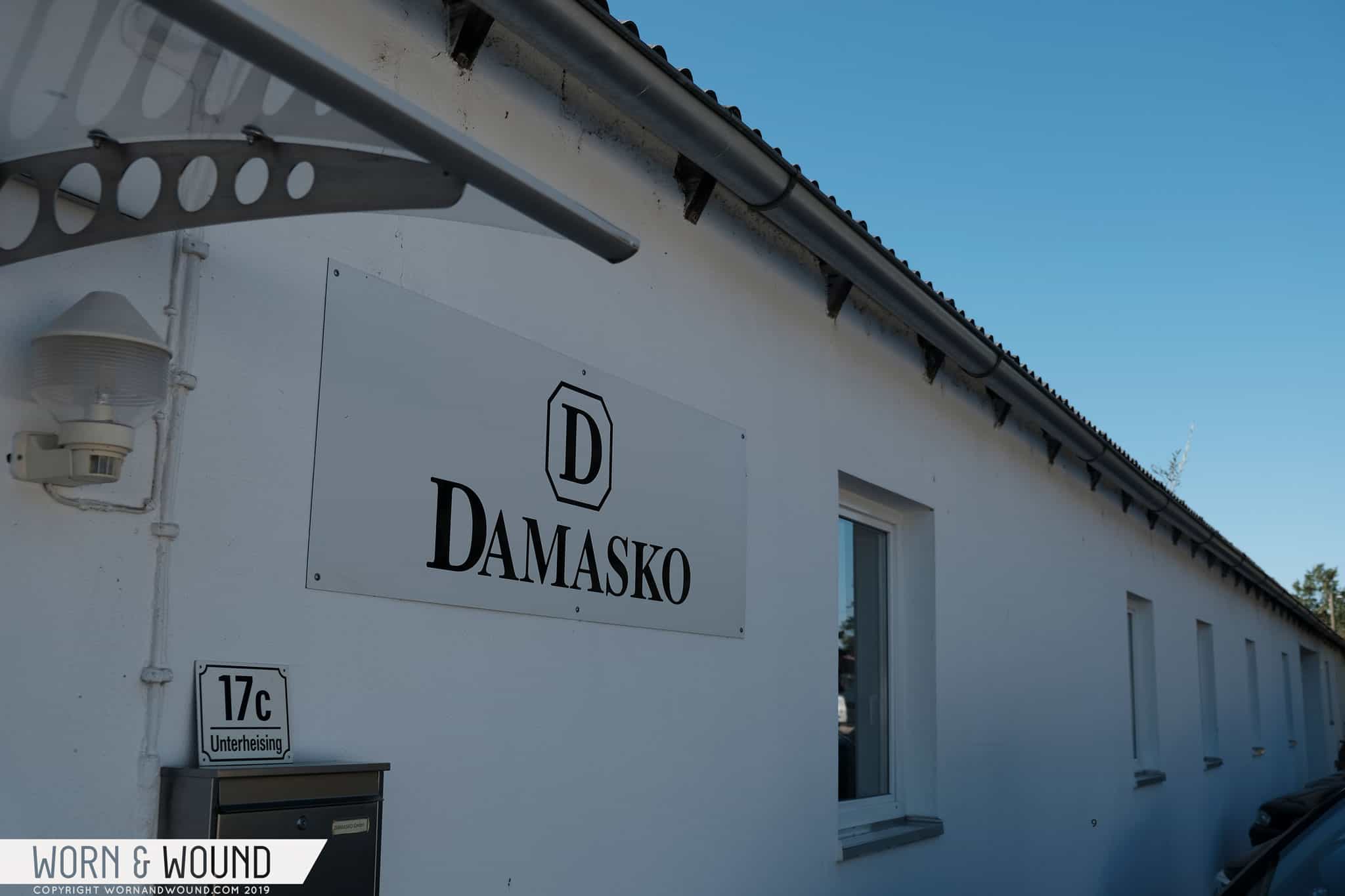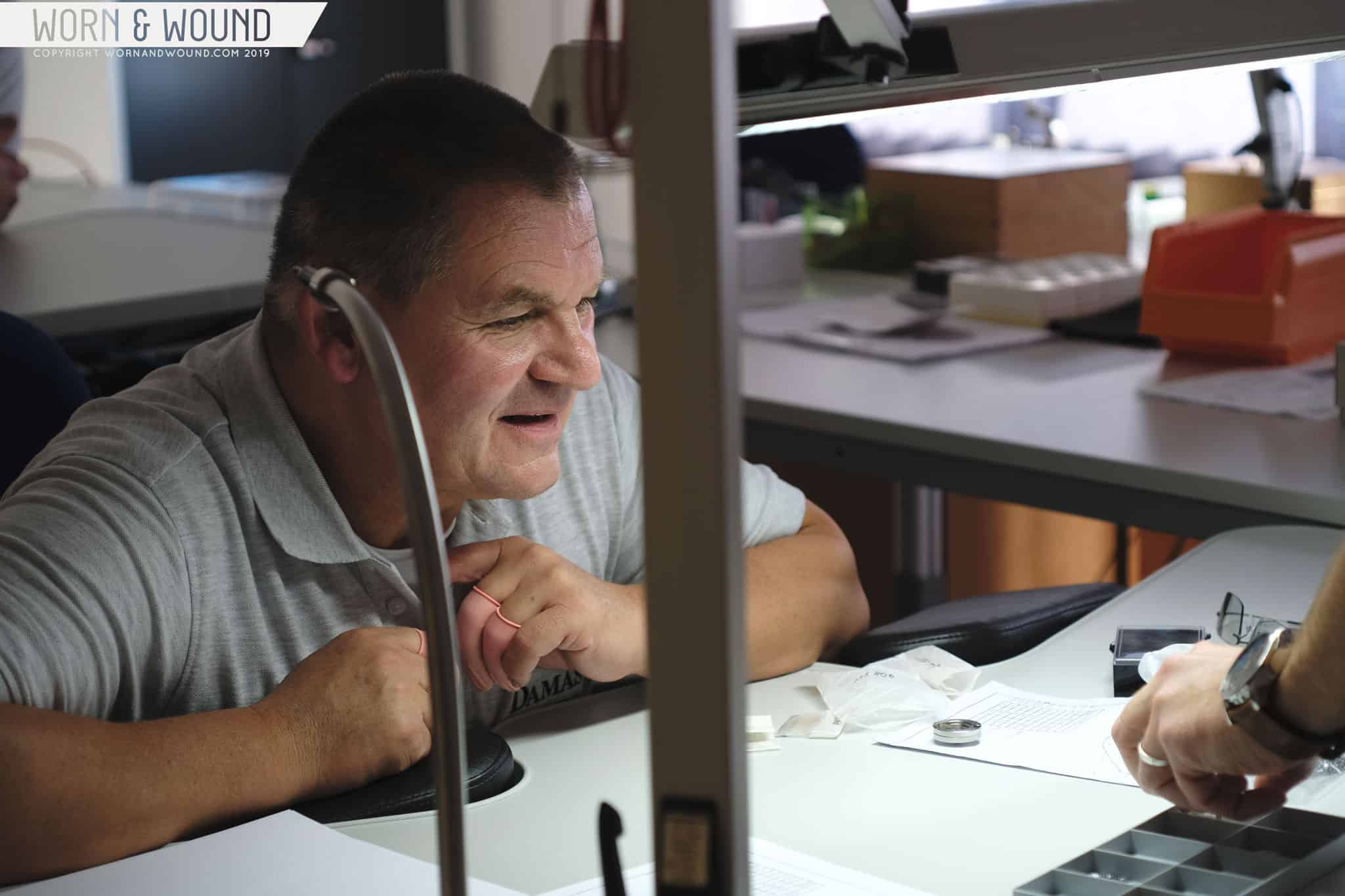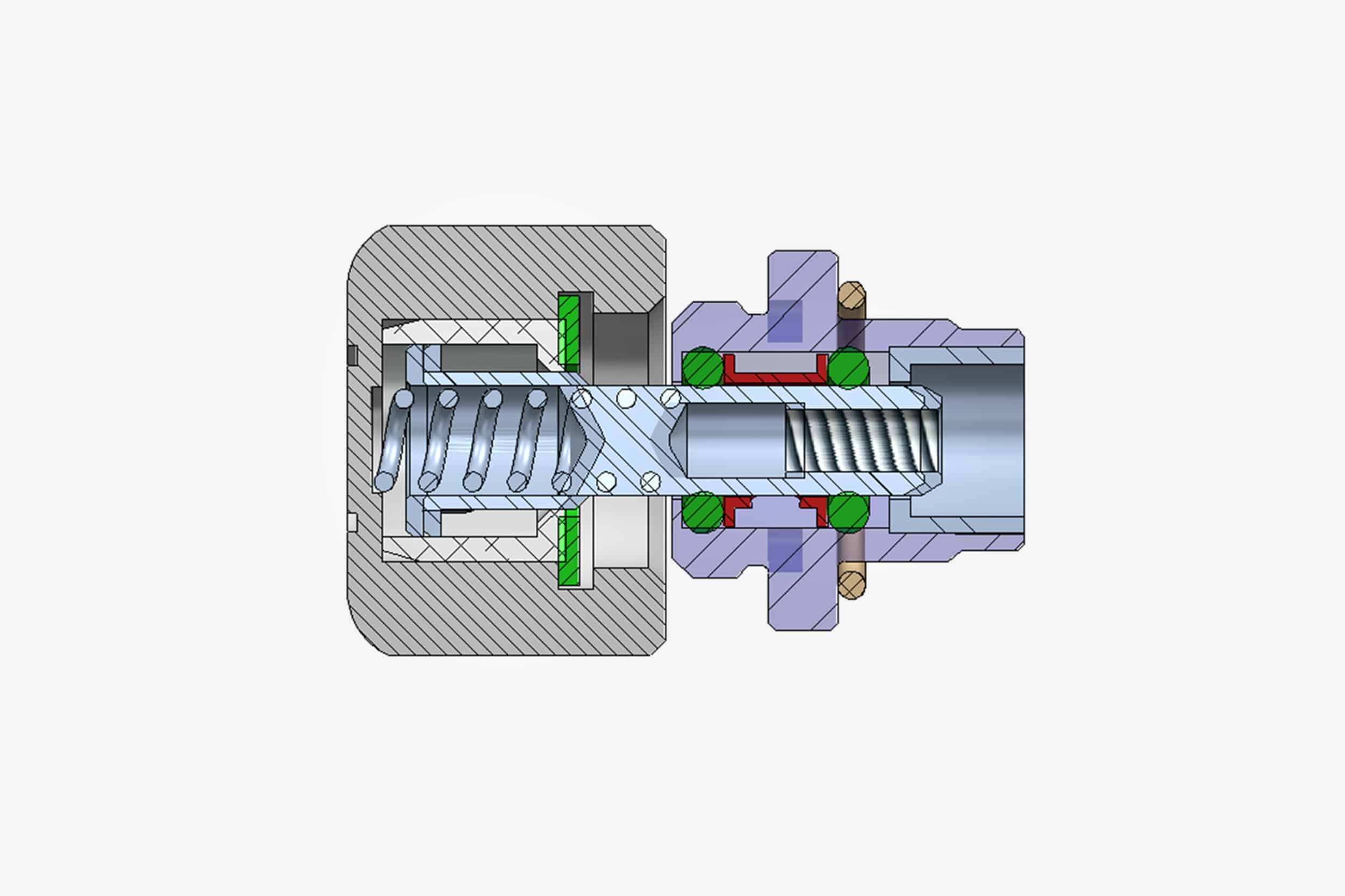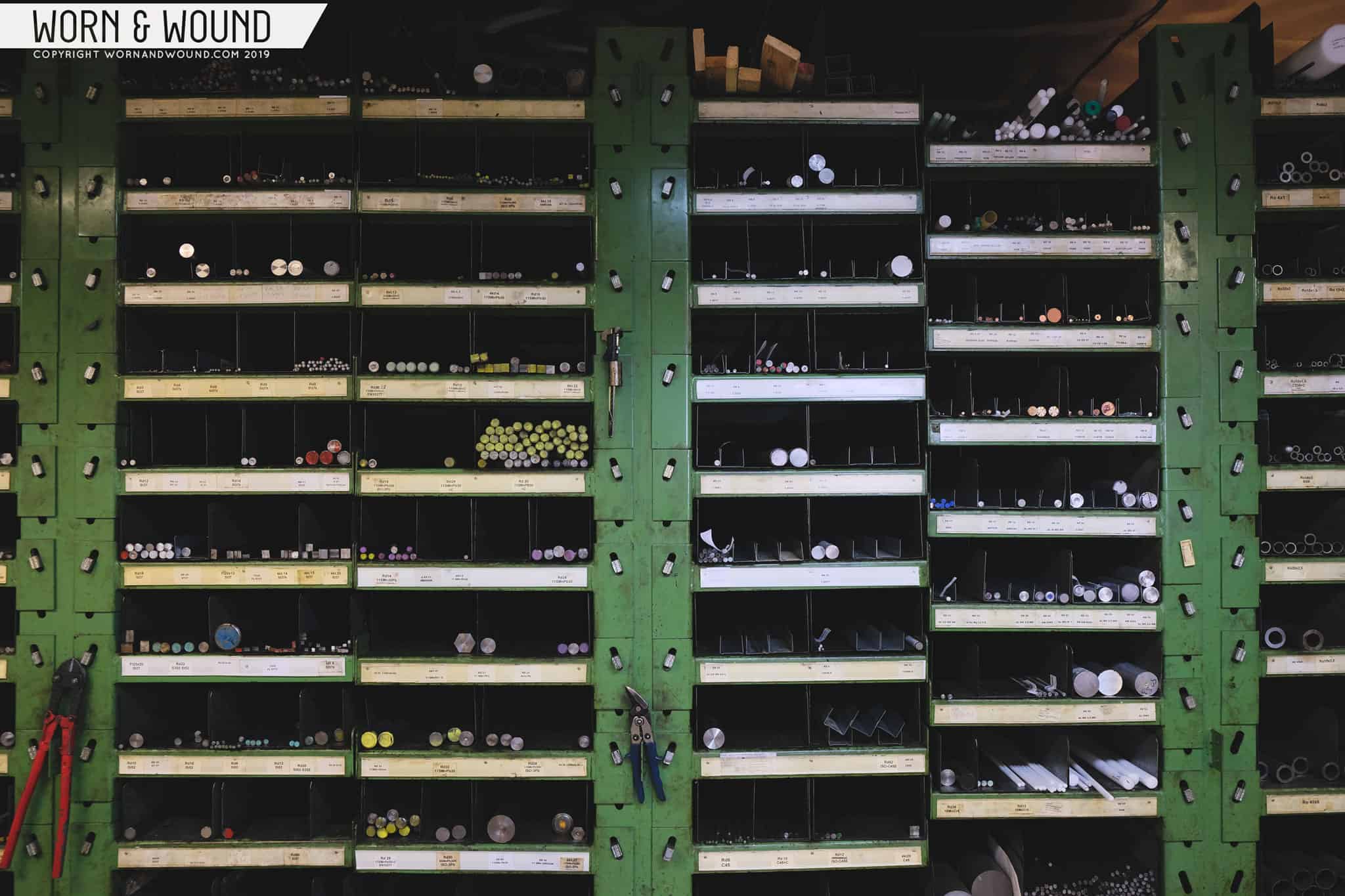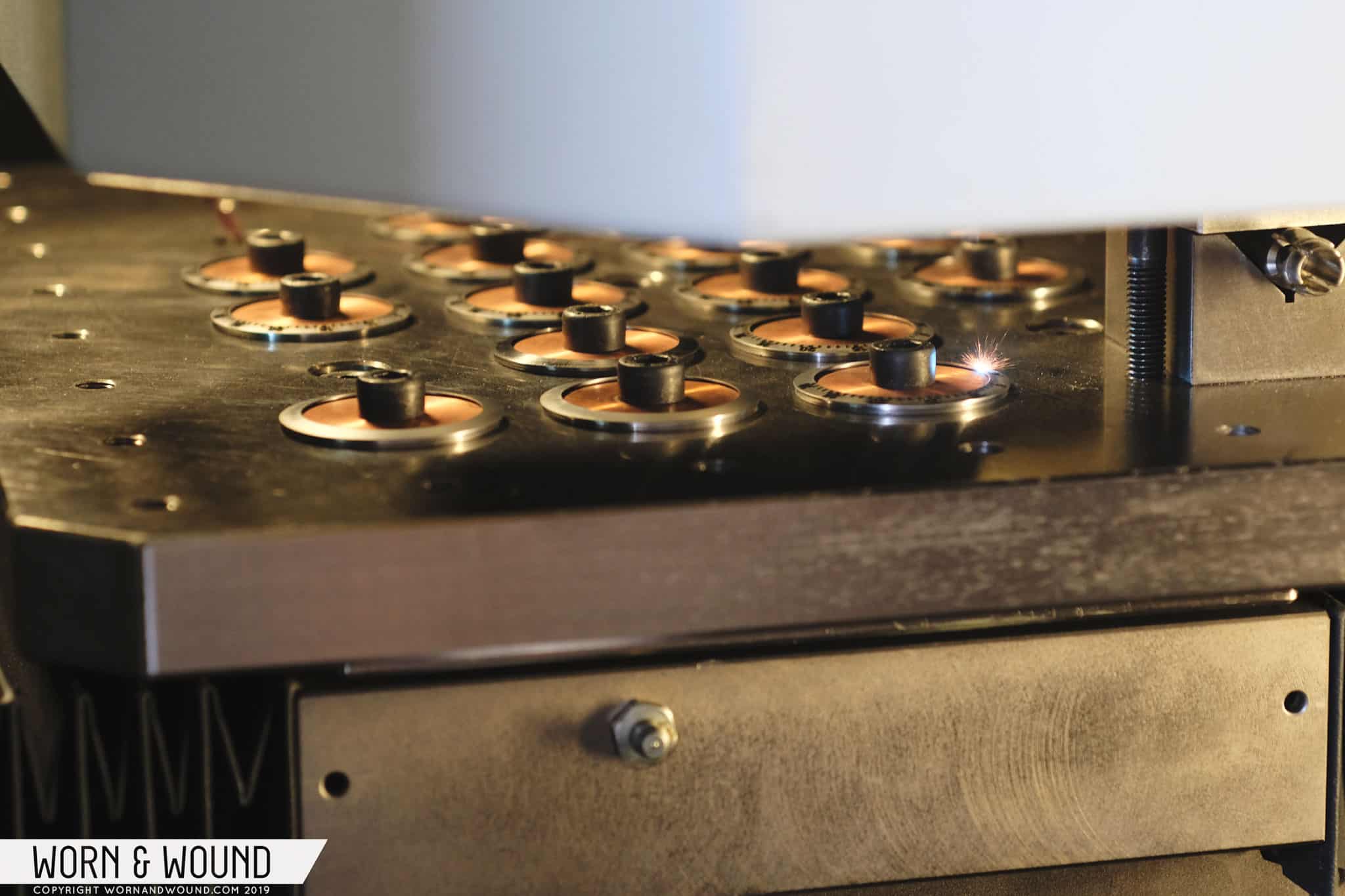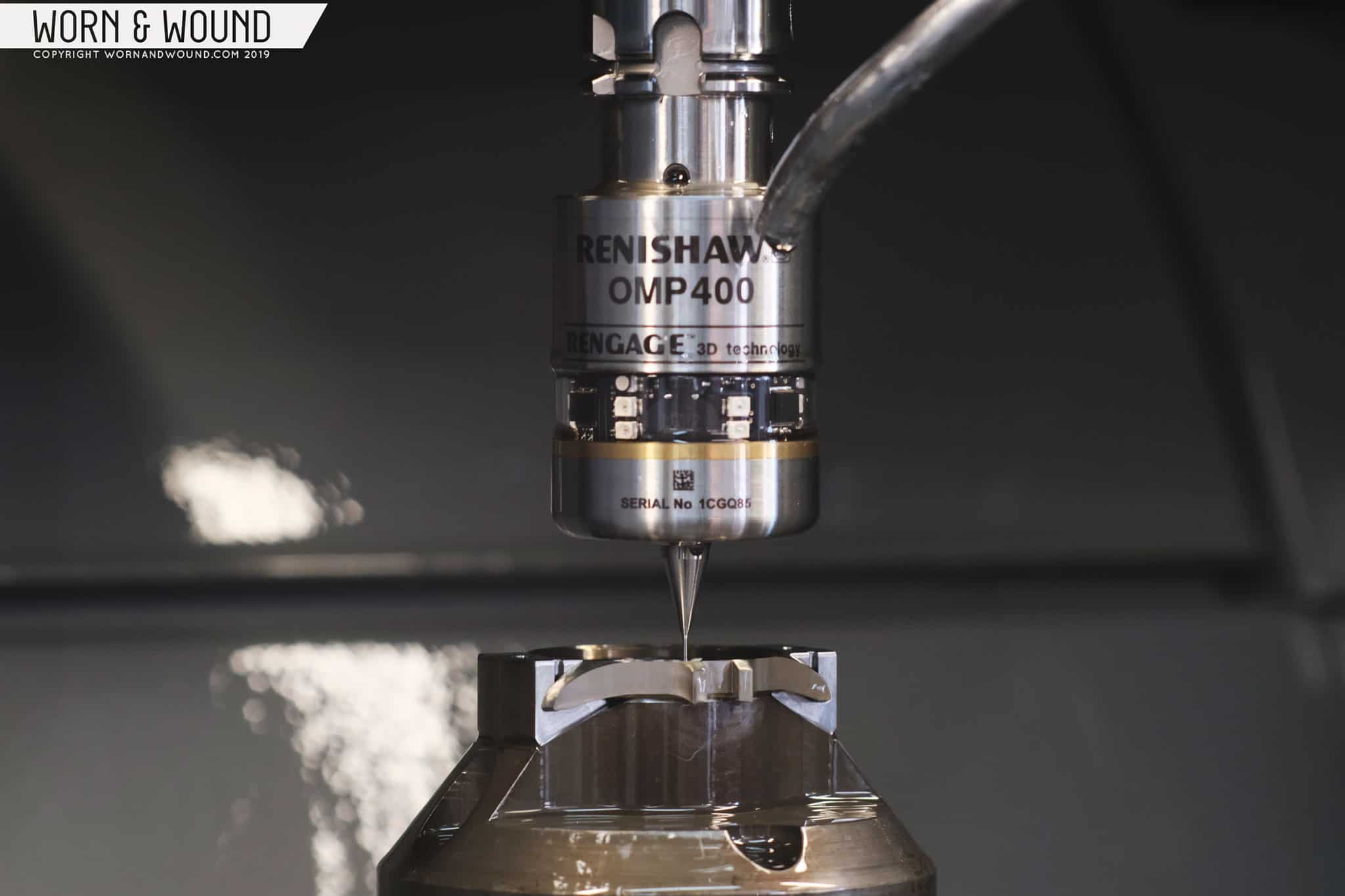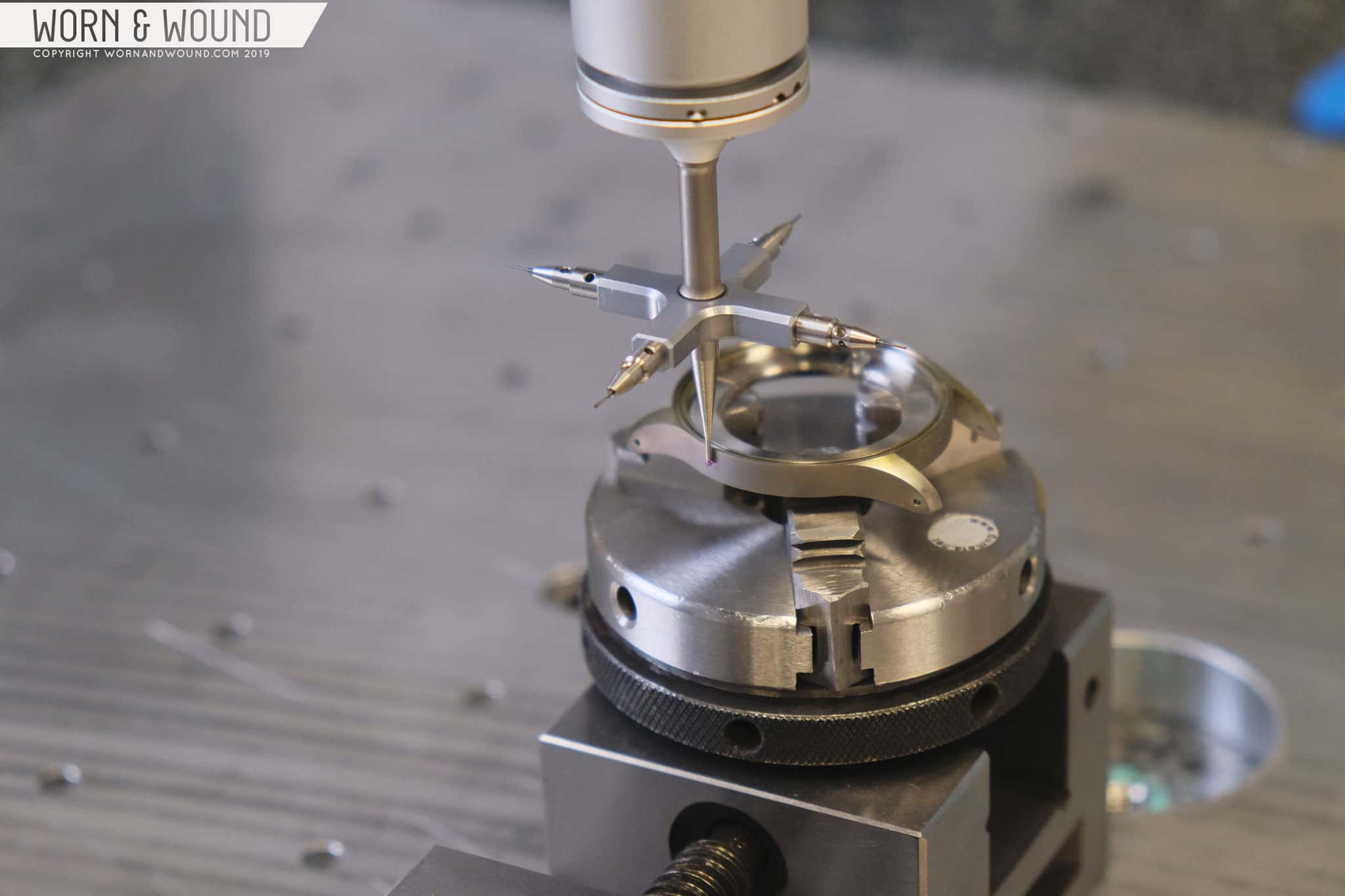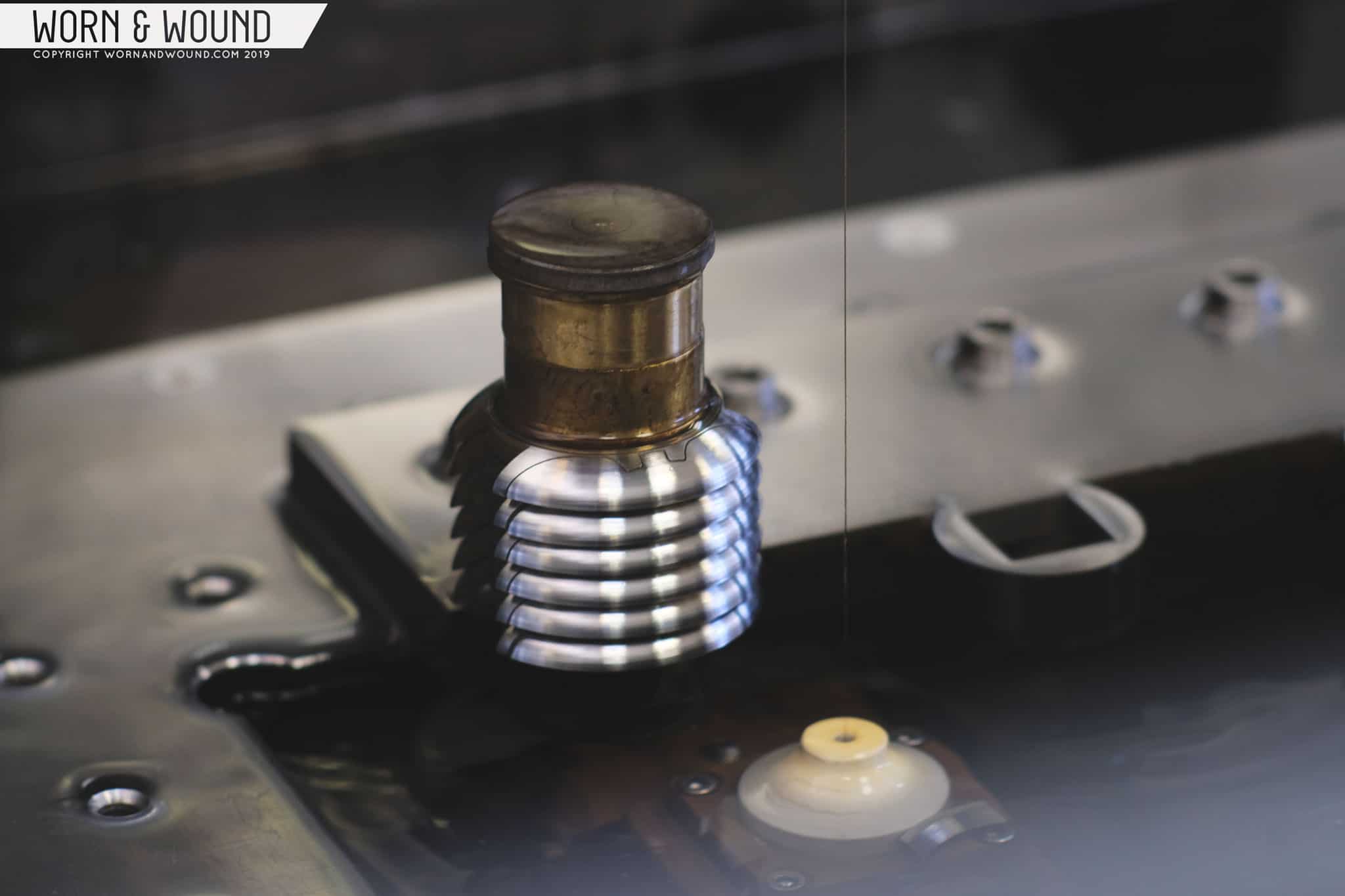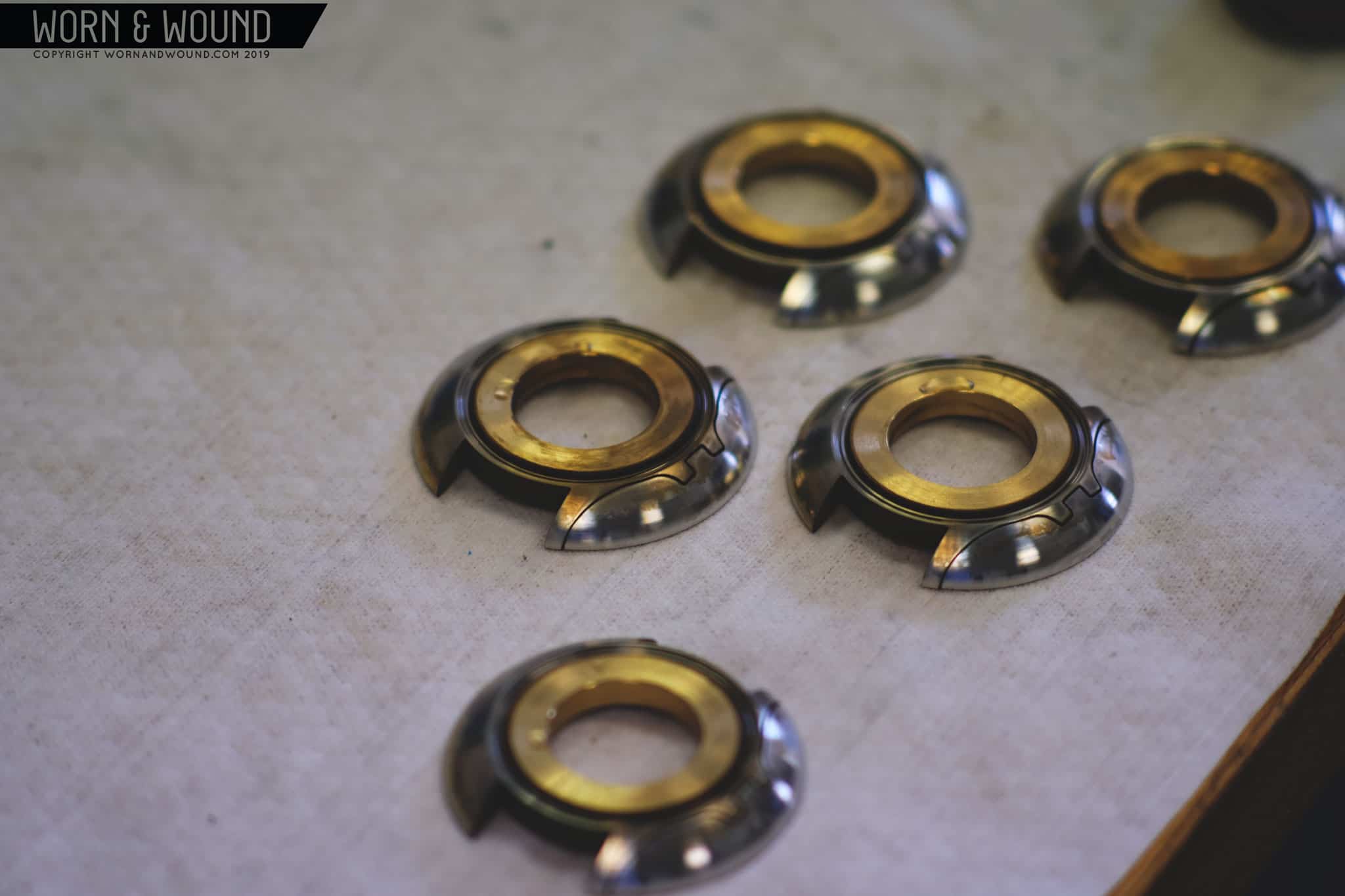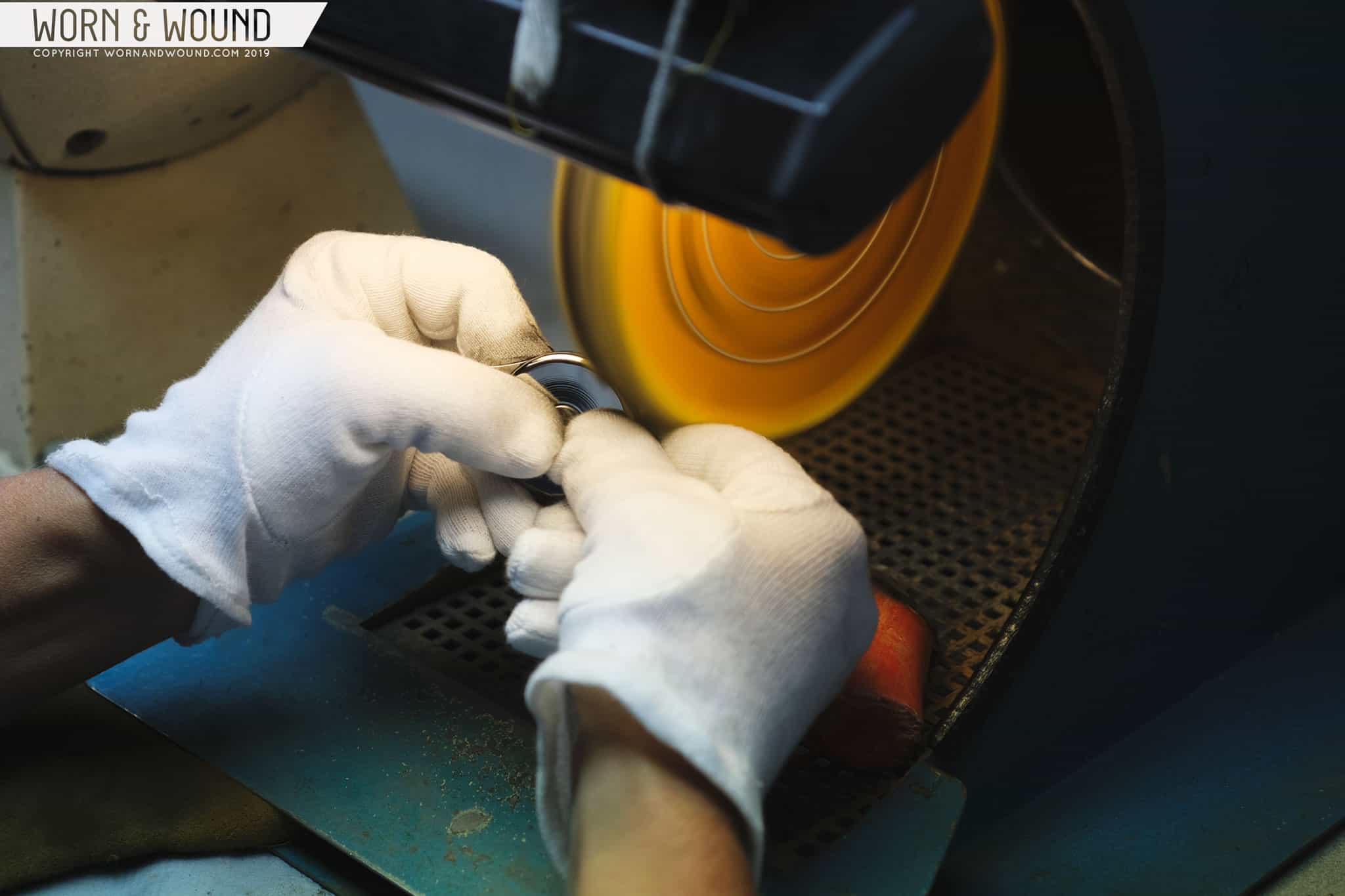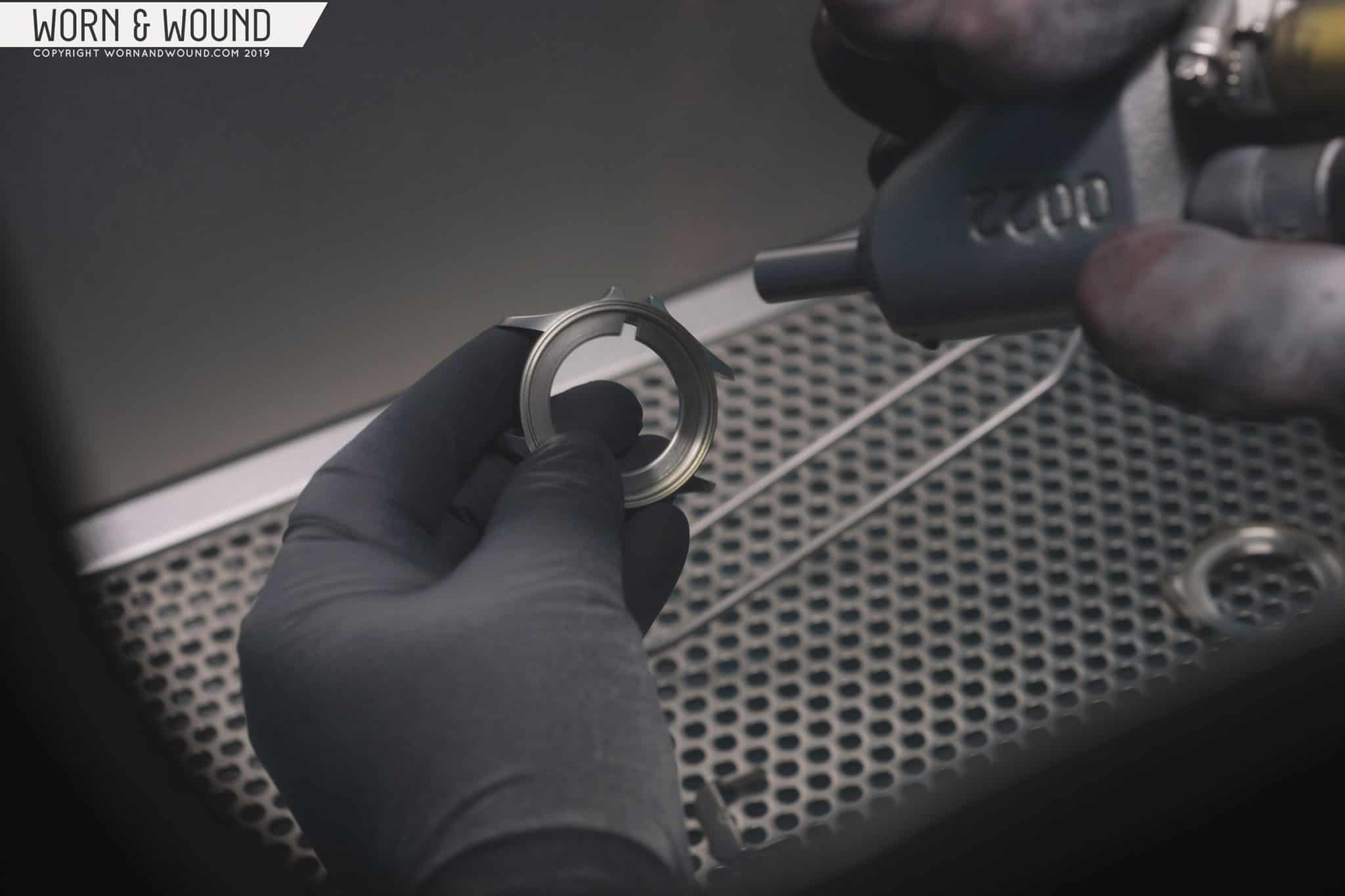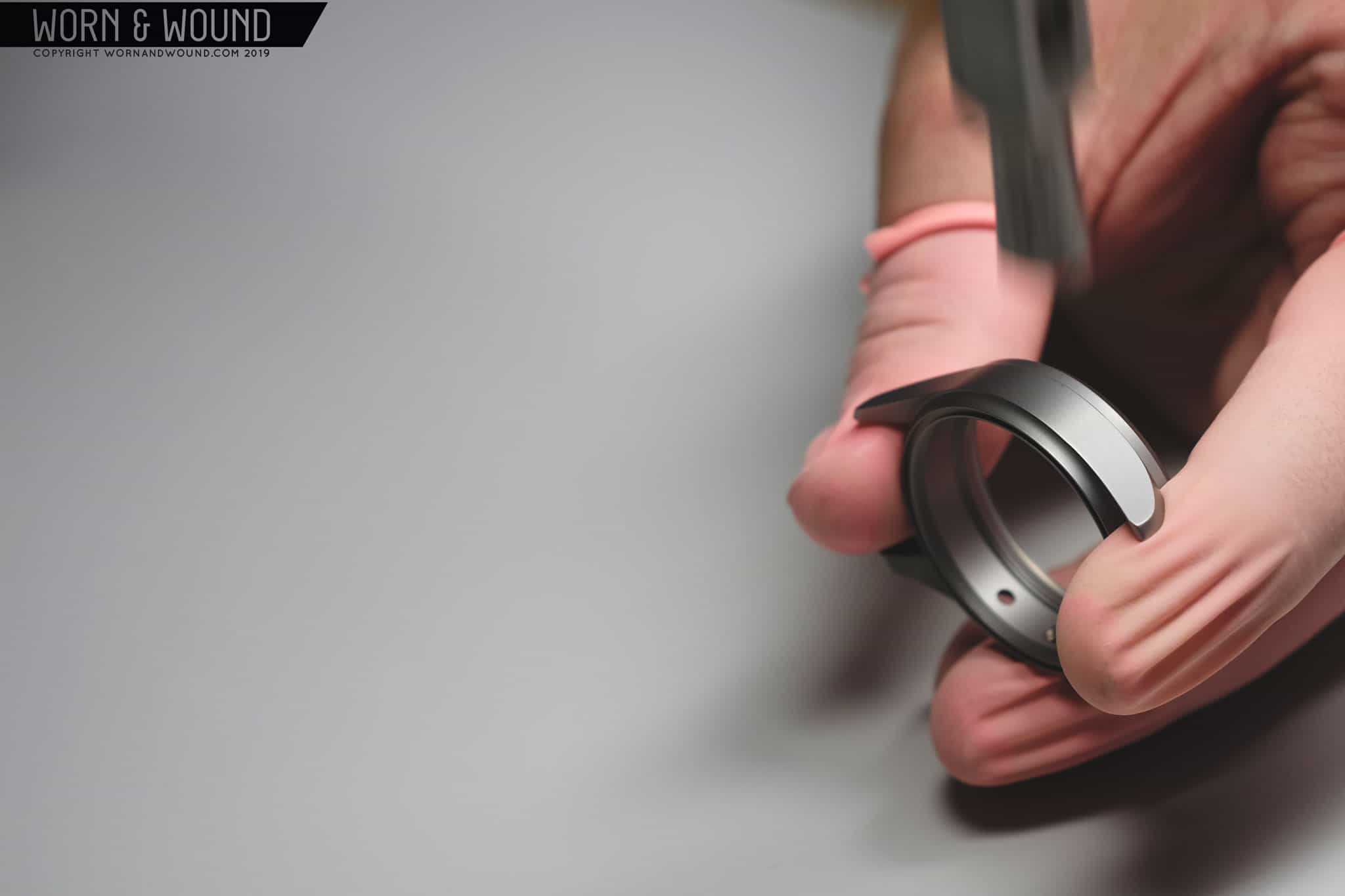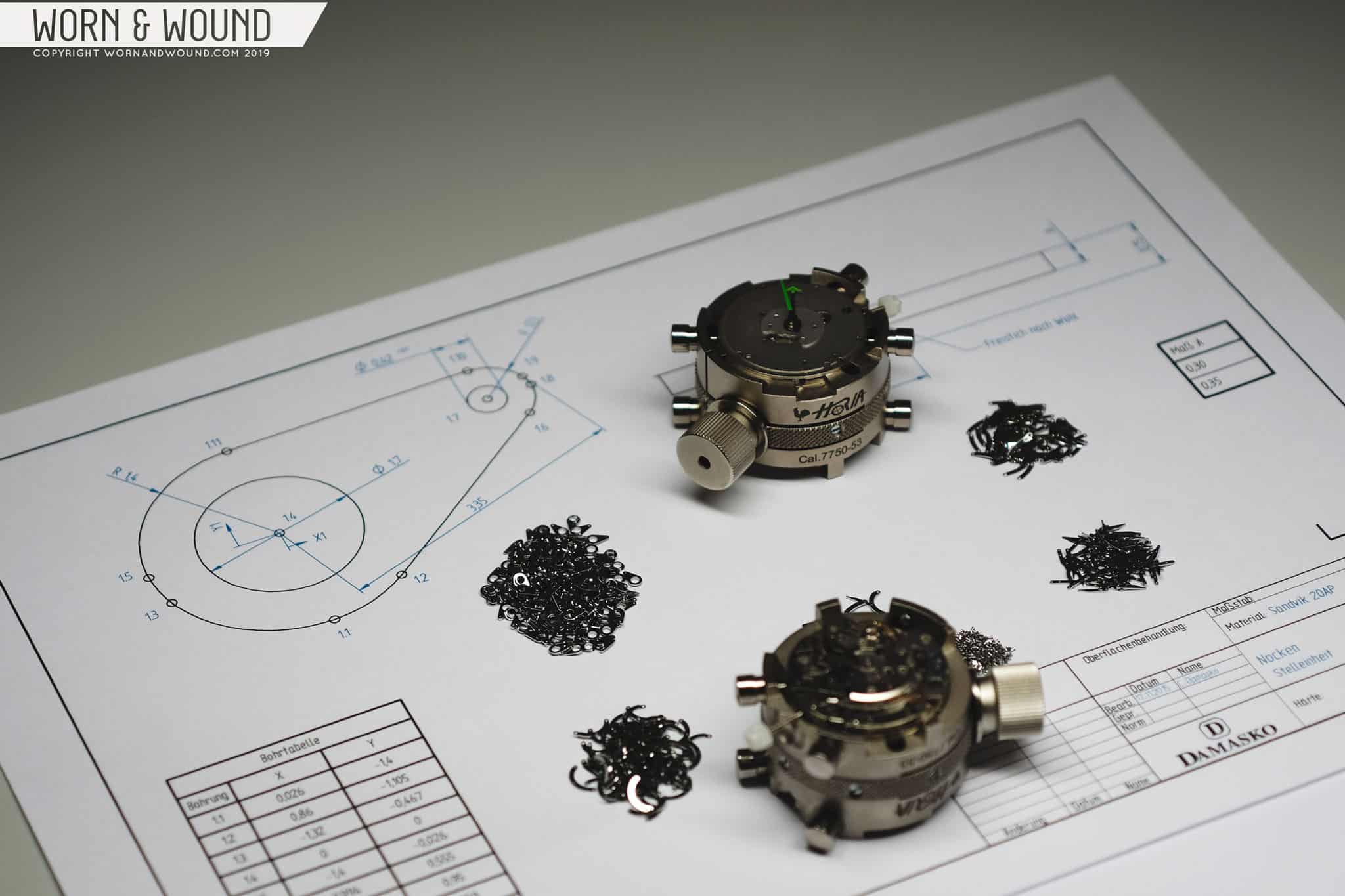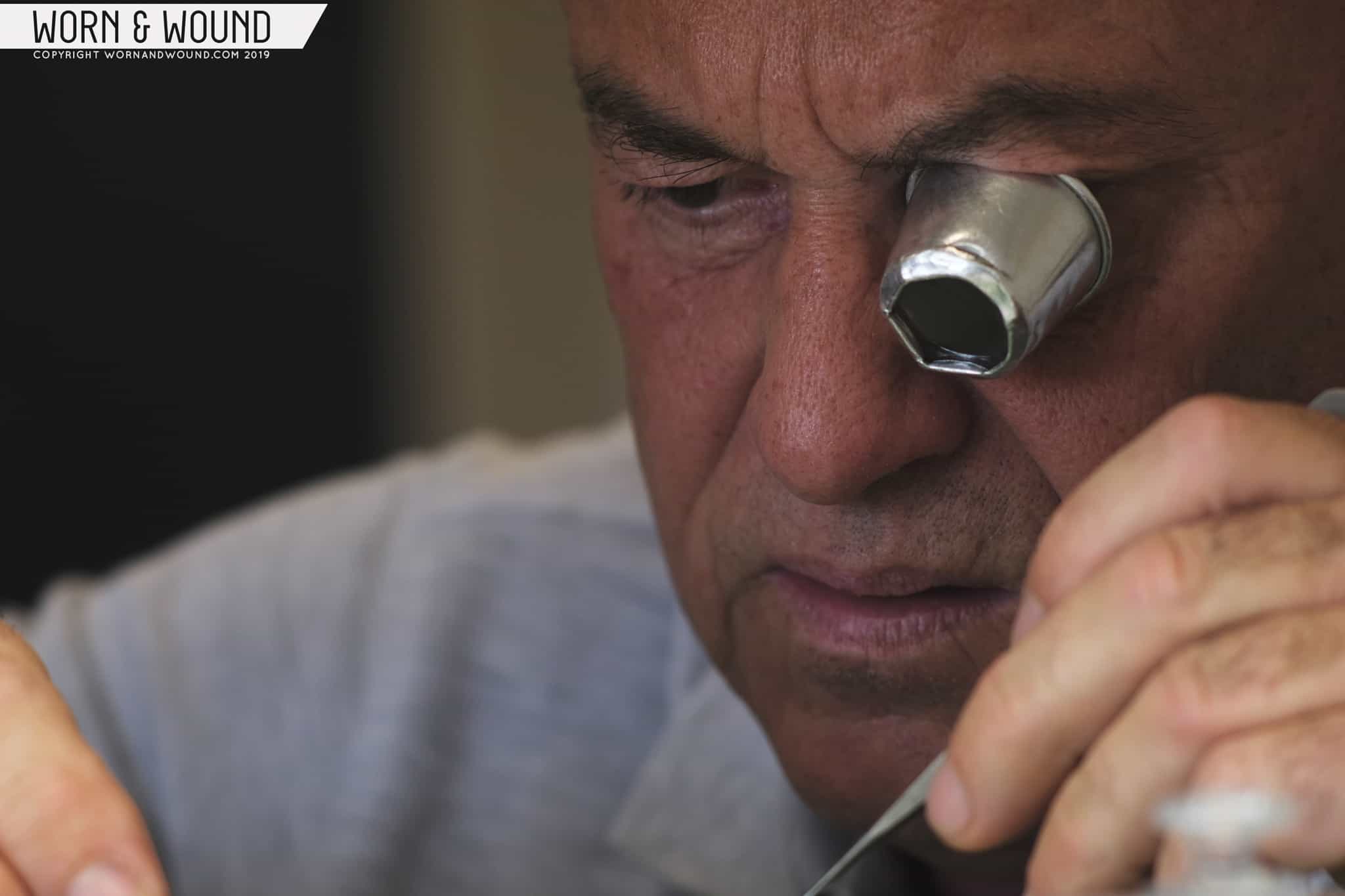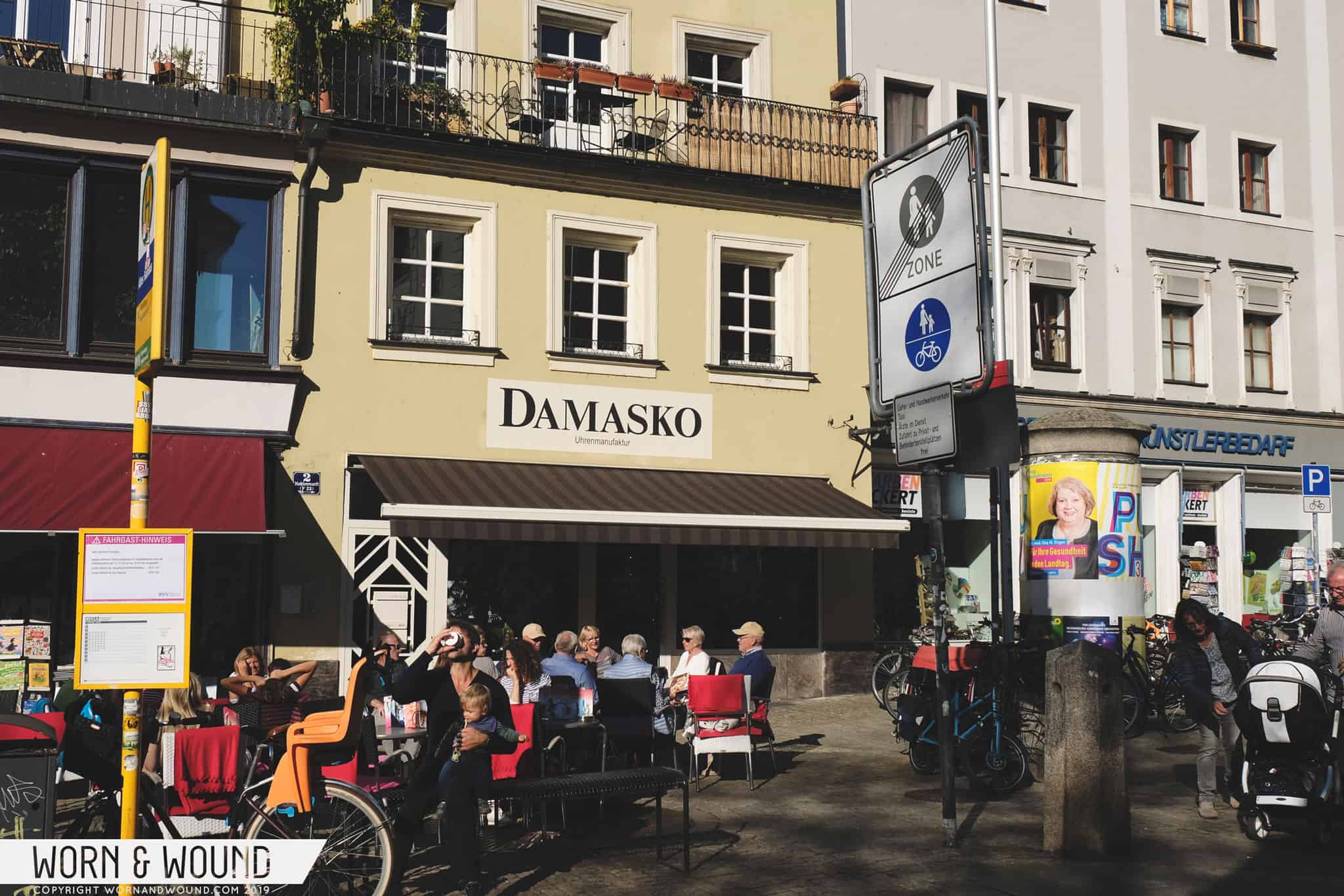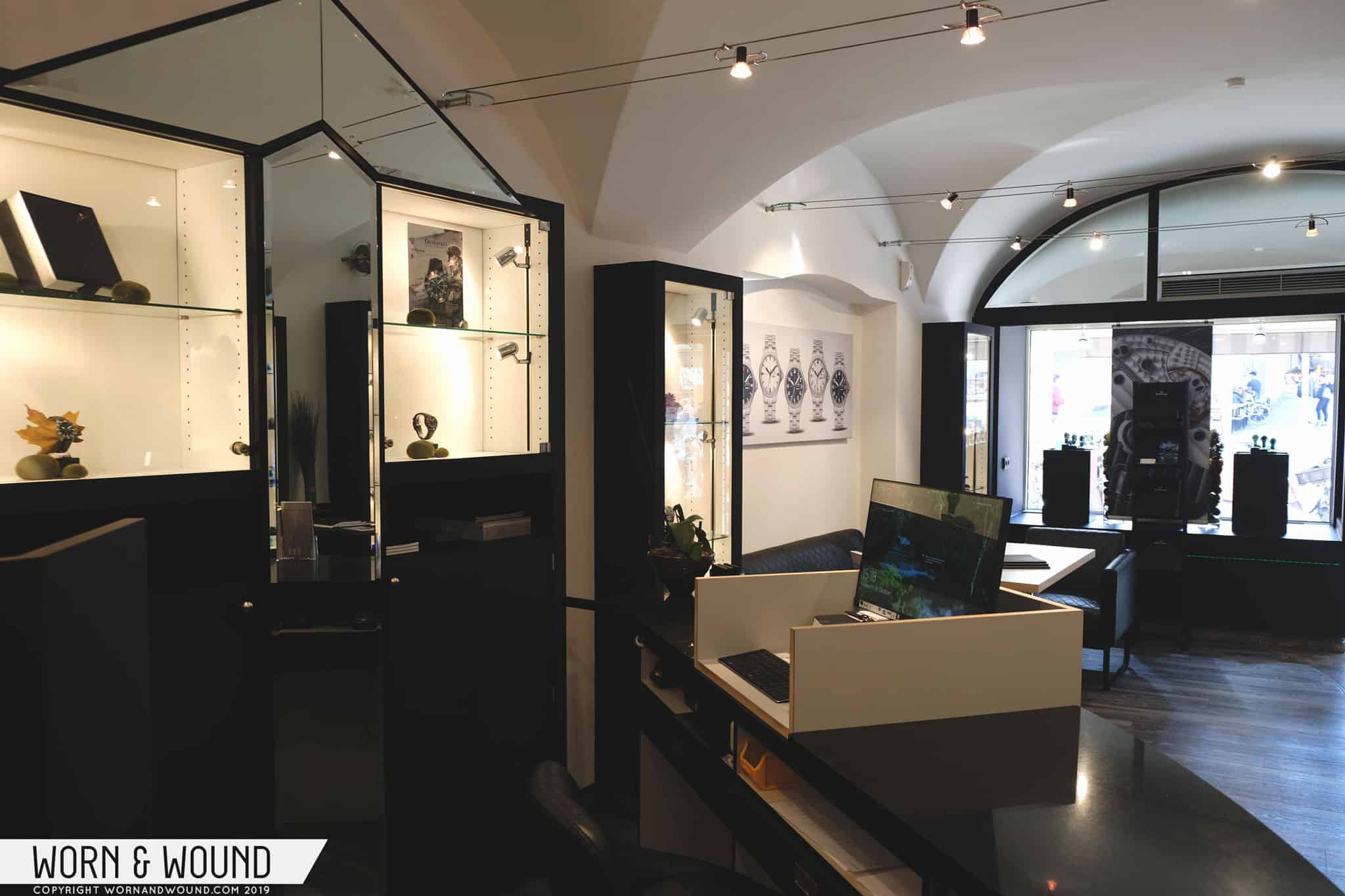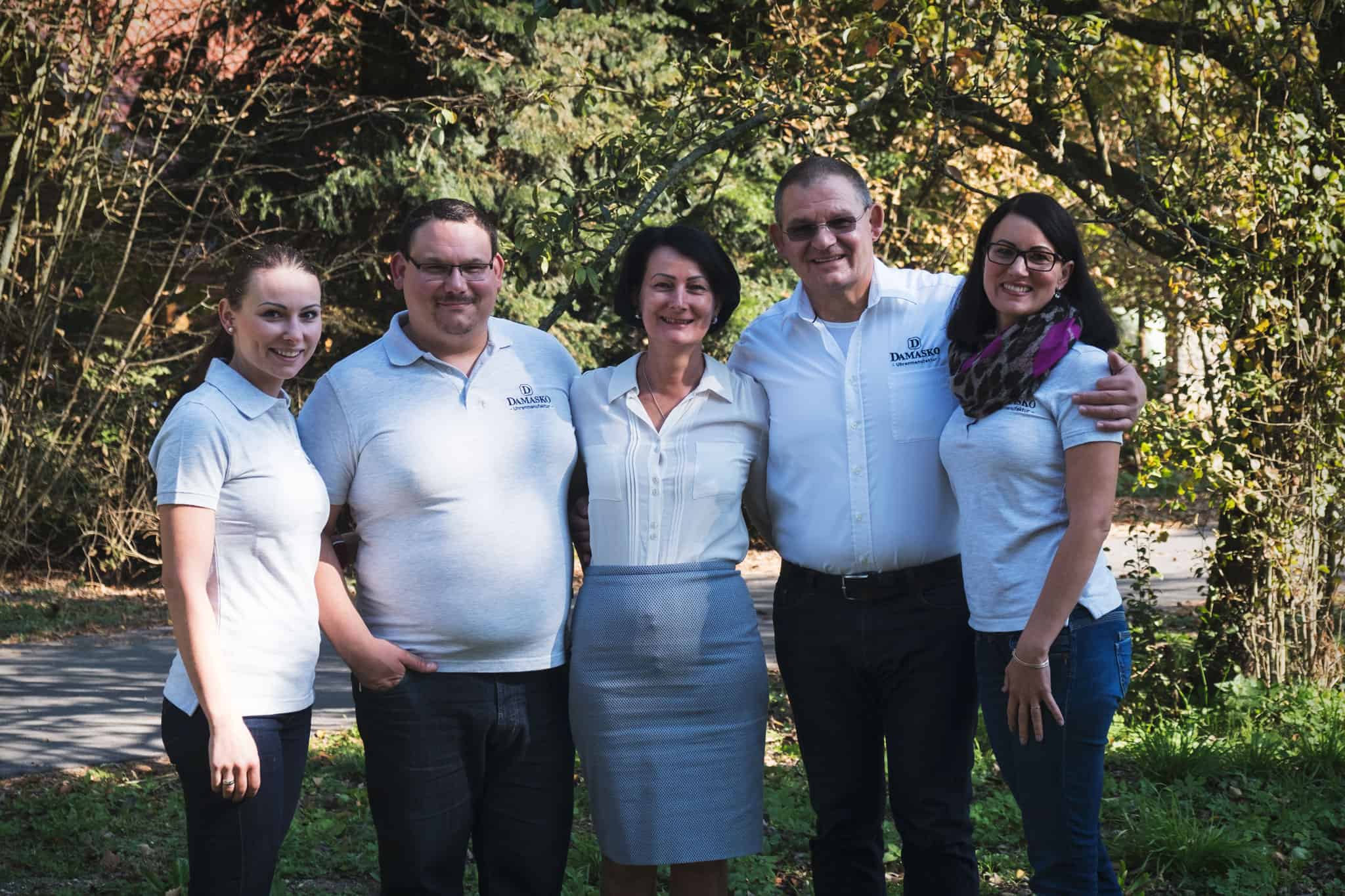Just fifteen minutes by car from Regensburg, Germany, you’ll find Barbing. This wooded area is not all too different in appearance from upstate New York, despite being a continent away. Large fields studded by small structures line either side of the road when there’s a break in the trees. In the mornings in October, the fog is so thick you can’t see more than a few feet ahead, and there is a pleasant if not slightly-sharp chill in the air.
Tucked away on one of the many understated side roads is a long, single-story, white building with a pitched roof. There’s nothing flashy about it, and nothing to tell you that inside raw materials are transformed into complex machines. Machines that, despite their understated appearances, are some of the most technology packed in their industry.
This is where Damasko watches are made.
Founded in 1989 by Konrad Damasko, this family-owned-and-operated business has been producing watches in earnest since 1994, hitting the market in the early 2000s. Konrad didn’t just set out to make another watch; he wanted to make a watch that would survive anything. A watch that wouldn’t break down or show wear. A watch that would look as good on day one thousand as it does on day one.
“…a watch that resists all the adversities of everyday life, and that remains affordable for everyone. This has always been my vision.” – Konrad Damasko









 Featured Videos
Featured Videos





